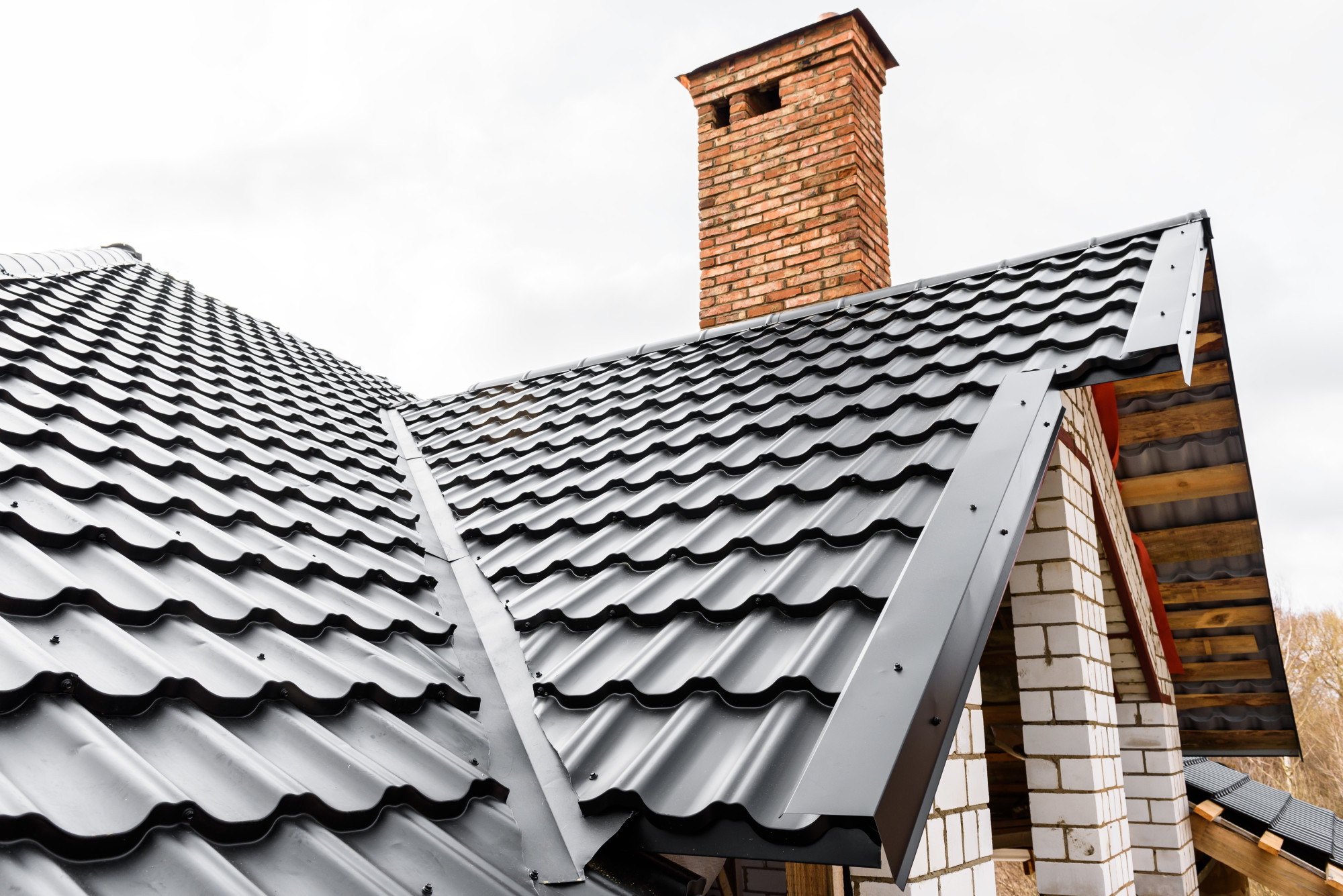Did you know that the cost of replacing a roof in the US is between $8,000 and $11,000?
The majority of homeowners seek the longest potential roof life. So, it’s no surprise that one of the most common questions homeowners ask is, “What is the average lifespan of a roof?”
Many factors influence the lifespan of a roof. In this blog post, we’ll provide you with all the information you need to know to understand what factors can affect roofs’ life expectancy.
With this information, you’ll be able to make the best decision for your roof! Read on to start learning.
Typical Lifespan for Different Types of Roofs
The type of roofing materials chosen affects how long a roof will last. Here are common types and their expected lifespan.
Asphalt Roofing Shingles
Asphalt shingles typically have a 20-30 year longevity, depending on the quality of the installation and the roofing material. Asphalt roofing shingles are the best choice for homeowners that are seeking to keep costs low without sacrificing long-term quality. They are durable against fading, chalking, and cracking.
Clay or Concrete Tiles
Clay or concrete tiles are some of the longest-lasting roofing materials available. They can have a lifespan of 50-100 years, depending on the environment. The shape and texture of these tiles also help to increase their lifespan, as the curved shape prevents cracking and weathering due to high winds and heavy rainfall.
Metal Roofing
One of the most resilient materials available is metal roofing. It can last a maximum of 60 years on even the most extreme sloped roofs. Their impact resistance makes them a great choice for coastal regions, as well as areas prone to wind and hailstorms.
Slate Roofs
The quality of slate roofing varies from region to region, with thinner and softer slates lasting between 40-60 years. Thicker and harder slates lasting between 80-100 years. Due to its natural characteristics, slate roofs are less prone to the growth of moss, further contributing to its longer lifespan.
Factors Influencing the Average Lifespan of a Roof
The average lifespan of a roof depends on a multitude of factors. The material of the roof, the climate and weather of the geographical location, the maintenance it receives, and the builder’s workmanship all factor into the lifespan. For example, shingles, slate, tile, and metal have different lifespans.
The geographic location also has an effect. Areas that experience extreme weather or experience heavy rains, hail, or heavy snow may experience less longevity on their roofs.
Maintenance is necessary to keep the roof sturdy and intact. A regular cleaning and occasional layer of sealant will ensure the proper condition of the roof and make it last for its expected lifespan.
The workmanship of the roofing contractor is also a factor. If the roof is installed properly and sealed correctly, it could last for many years. All of these factors play into the average lifespan of the roof and should be taken into consideration when making a decision on which materials to use and how to take care of the roof.
Knowing the Lifespan of a Roof
The average lifespan of a roof can vary depending on where it is located, the materials used, and the care it receives. As a homeowner, you should check your roof regularly to maintain the roof’s life expectancy and replace roof components as needed for better protection.
Talk with a local professional roofer today to discuss the needs of your roof and how to best maintain it for its full life!
Do you want to see more helpful tips? Feel free to explore more of our blog!










